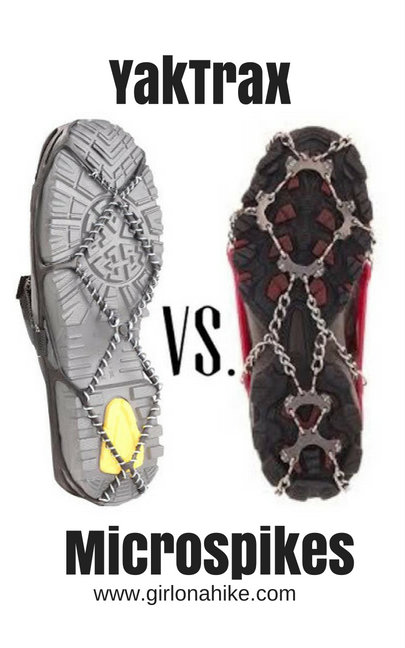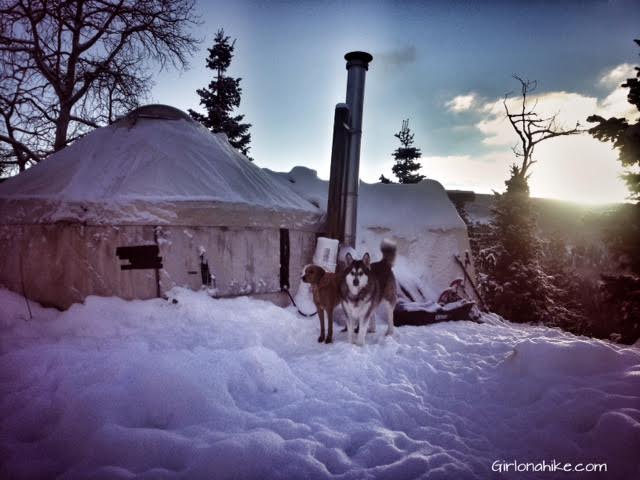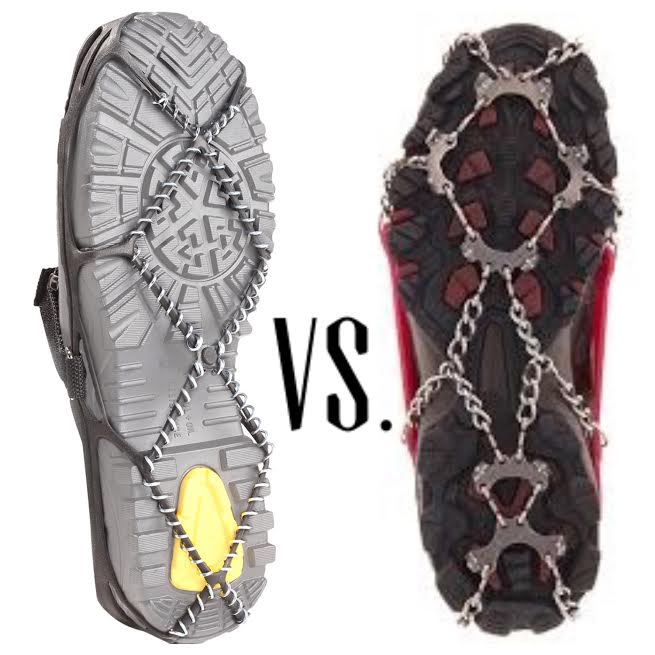

One of the most common questions I get from winter hikers is:
“What’s the difference between Yaktrax and Microspikes?”
In this post, I’ll break down the pros and cons of both traction devices. If you’ve ever wondered who wins in the battle of Yaktrax vs Microspikes, this guide will help you decide which is best for your winter hiking adventures.
Microspikes vs. Yaktrax: A Side-by-Side Comparison
Both systems are marketed as lightweight, easy to put on, and helpful for walking on icy surfaces. But here’s a closer look at the pros and cons of each. When comparing Yaktrax vs Microspikes, it’s important to consider your specific activity—casual walking on icy roads or serious winter trail hiking.
🥇 Microspikes – Best for Trail Traction and Durability
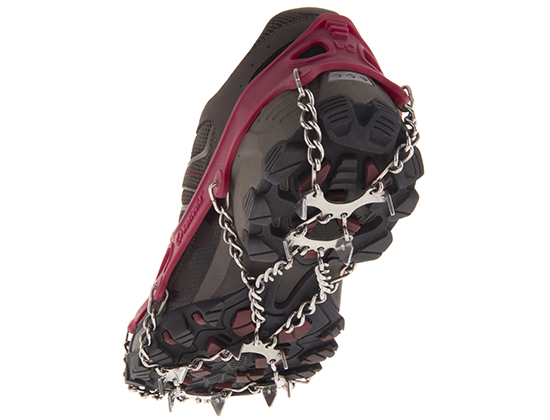
Photo courtesy: Kahtoola.com
Pros:
-
Low-profile elastic harness makes them easy to put on
-
Reinforced eyelets and integrated toe bale add durability
-
Welded stainless steel chains with excellent grip
-
3/8-inch spikes dig into ice and packed snow
-
Weigh 11–13.5 oz (depending on size)
-
Built to last for years
-
Excellent for hiking on icy trails or frozen terrain
Cons:
-
Price: ~$75-85
-
Elastic can squeeze your shoes, making feet cold
🥈 Yaktrax – Lightweight and Budget-Friendly

Photo courtesy: Yaktrax.com
Pros:
-
Easy to slip on
-
Uses abrasion-resistant 1.2 mm steel coils
-
Budget-friendly: ~$26-30
-
Great for light winter walking or road running
-
Extremely lightweight: 2–4 oz
Cons:
-
Coils break easily after a few uses
-
Rounded coils don’t grip well on ice
-
Often slip off boots, especially on uneven terrain
-
Newer models require an extra “safety” strap
-
Not reliable for serious hiking or icy inclines
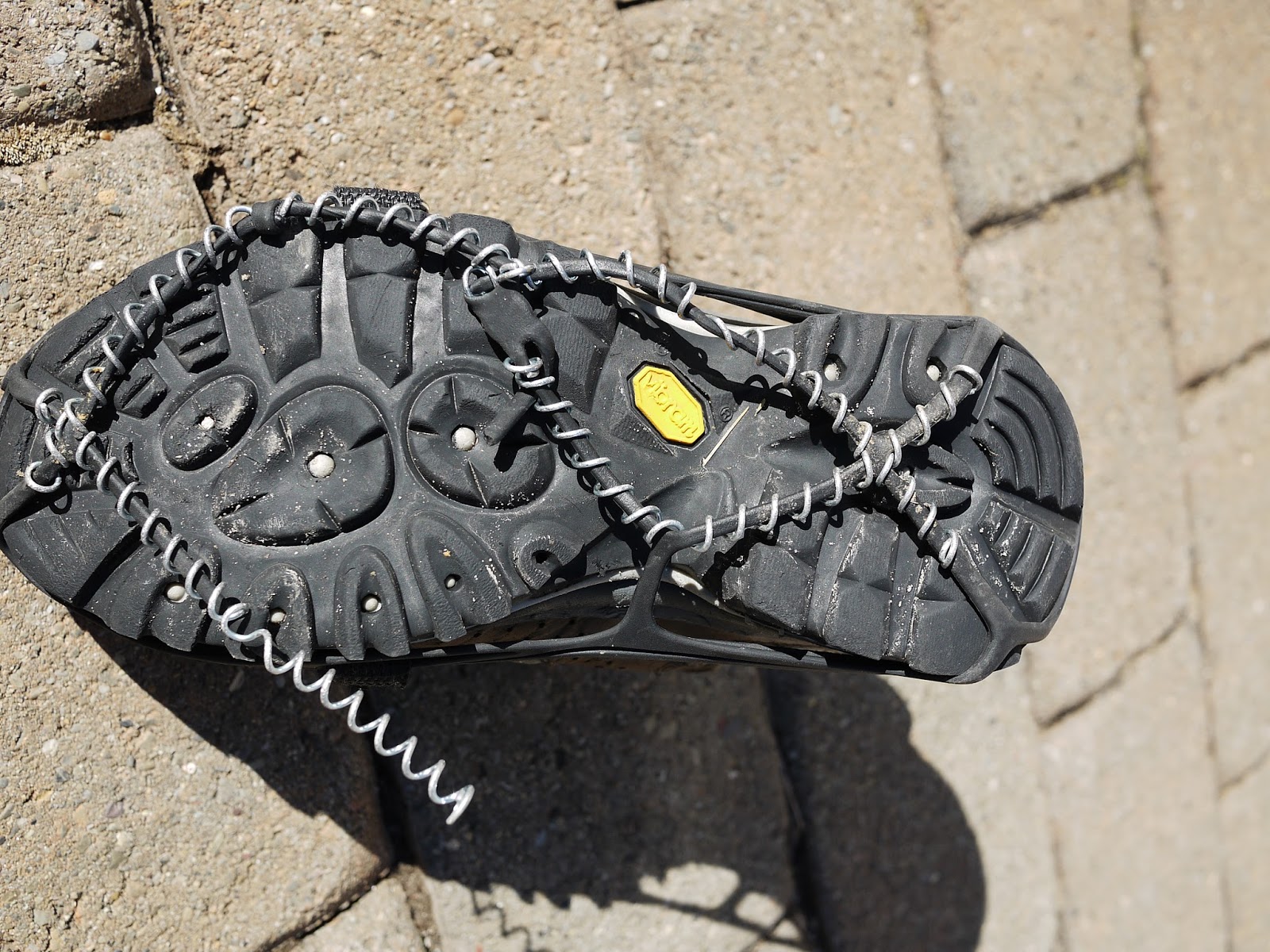
My Personal Experience
Back in 2007, I bought my first traction device—Yaktrax—from REI. As a college student on a budget, the $20 price tag was all I could afford.
On my first winter hike, they failed almost immediately. The coils didn’t grip uphill sections, and I slipped several times. Thankfully, I was able to catch myself on branches to avoid injury.
They worked okay on flat ground, but any incline turned dangerous. I ended up cutting my hike short and returning them to REI (thank goodness for their generous return policy).
Why I Switched to Kahtoola Microspikes
After my return, an REI employee recommended the Kahtoola Microspikes. Though more expensive, I saved up and bought them with my refund—and I’ve never looked back.
Now, nearly eight years later, I still use the same pair. They’ve never failed me, whether I’m hiking icy trails or snow-packed paths. In many cases, I use them instead of snowshoes when the snow is shallow (under 6–8 inches).
If you can afford to invest in a high-quality ice traction device the first time, I highly recommend Microspikes. They’re worth every penny for your safety and peace of mind on winter hikes.
If safety, durability, and performance matter most, Microspikes win the Yaktrax vs Microspikes debate hands down.
Alternatives and Final Thoughts
There are many off-brand versions of Microspikes on the market, but I haven’t personally tested those. If you’re hiking in deep snow (more than 6–8 inches), you’re better off with a solid pair of snowshoes.

(Photo courtesy of Google)
🏆 The Winner: Microspikes

When it comes to reliability, performance, and safety, Microspikes are hands-down the better option. They’re ideal for hikers who want dependable traction on snow and ice without the risk of slipping or gear failure.
Also Read
4 Must Have Items for Winter Hiking!

What to Wear While Hiking in Winter – For Women!
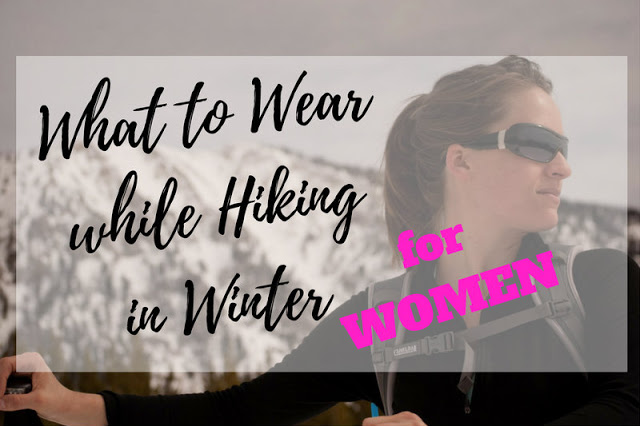

Save me on Pinterest!
